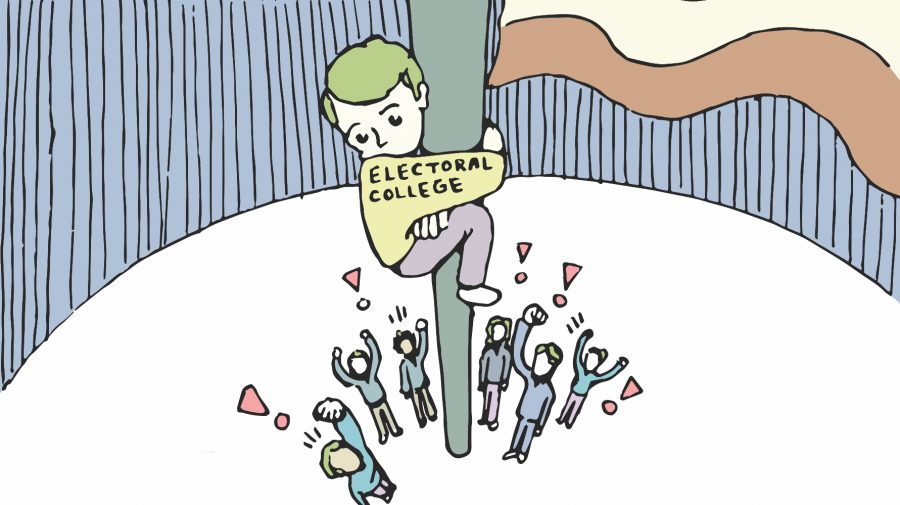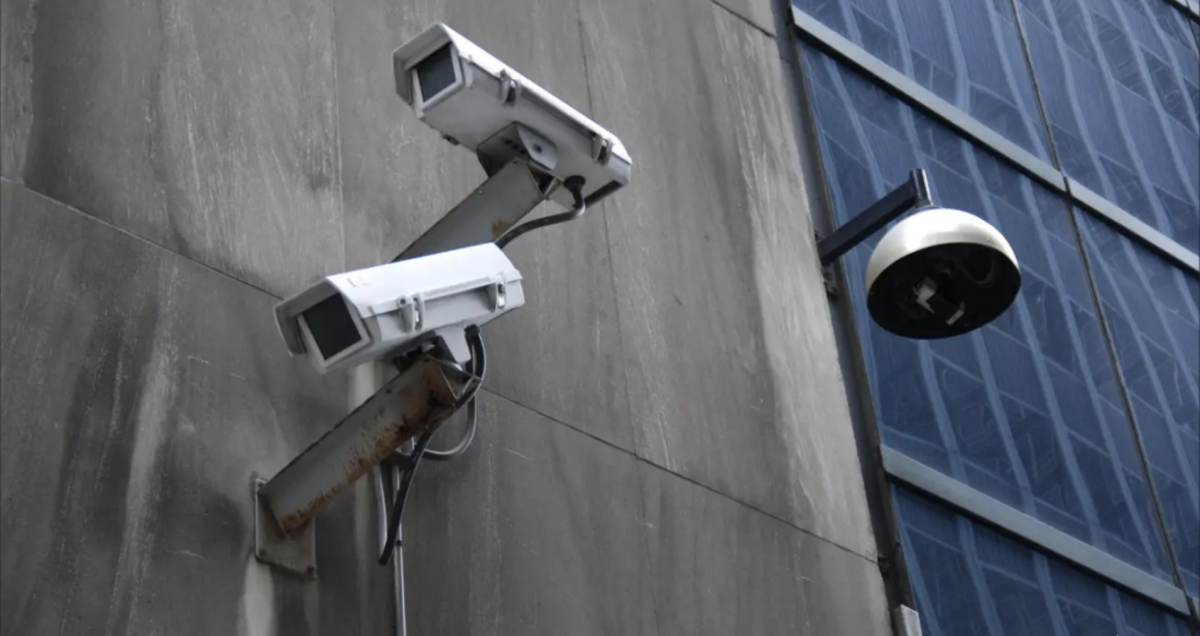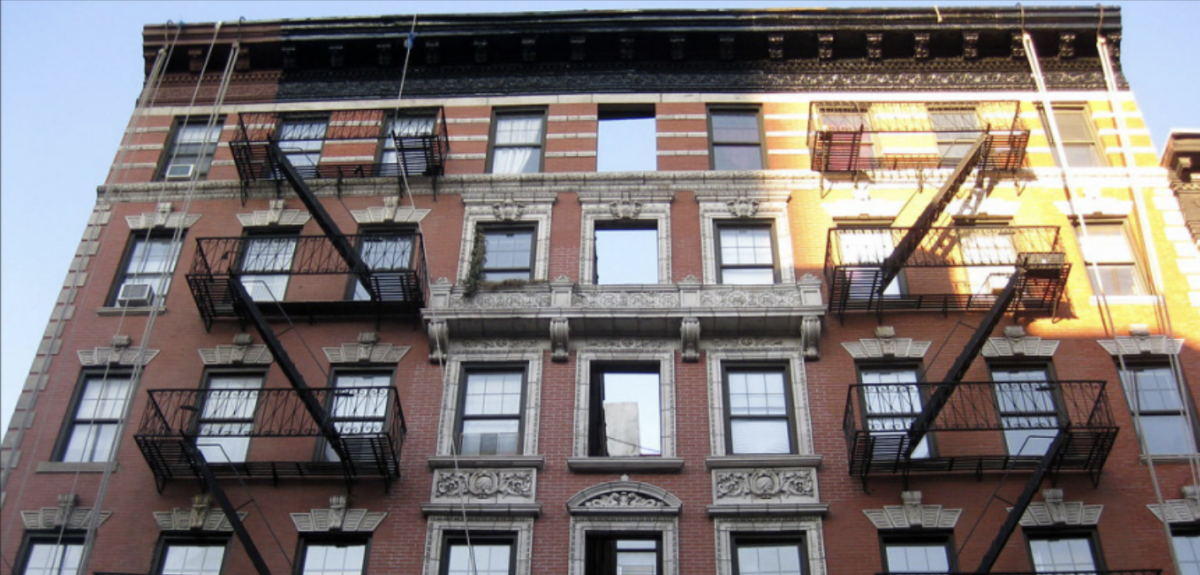At CNN’s Presidential Town Hall on March 1, presidential candidate Sen. Elizabeth Warren peculiarly decided to resurrect the electoral college debate in a red state, calling to abolish the institution and replace it with the national popular voting.
Good luck with that, as many have tried and all failed. Cue the 1971 filibustered Bayh-Celler Amendment after Richard Nixon’s election. Yet that did not stop Democratic presidential hopefuls like Beto O’Rourke and Sen. Kamala Harris from jumping on the populist bandwagon.
Ironically, President Donald Trump quickly jumped off, even though he called the institution a “disaster for democracy” in 2012, the Washington Post reports. Guess Trump can change his mind since he prevailed in the electoral college with 304 votes to Hillary Clinton’s 227, despite losing the popular vote.
This happened before to benefit Republicans in 2000 when George W. Bush triumphed over Al Gore by one electoral college vote. As this occurred more times throughout history, it is understandable why Democrats hope to abolish the electoral college.
For one, it does not work like the founding fathers intended. Established after heated debates at the 1787 Constitutional Convention, the electoral college of 538 electors arose as a compromise, ensuring that the people do not directly elect an unqualified tyrant while protecting the power of small states when selecting the president of the United States. Wonder what they would say about Trump.
In “Federalist 68” of The Federalist Papers, Alexander Hamilton believed the vox populi would be refined by unbiased electors “most capable of analyzing the qualities adapted to the station,” U.S. News reports.
Today, political parties select electors who pledge to vote along party lines but some defect like the faithless ones of 2016. Having modern technology also substitutes the middleman and creates well-informed voters.
In “Federalist 51,” James Madison detailed his “tyranny of the majority” and faction fears, which dilute minority interests. Unfortunately, he did not foresee the staunch arrival of our two-party system. Critics argue that switching to a popular vote allows big states like California and New York to dominate smaller rural ones since candidates will campaign in populated cities for votes.
Yet, size does not dictate candidate interests — politics does.
When a state consistently leans red or blue, candidates will not visit it. While this helps save time and money, it convinces the rural farmer in upstate NY or the banker in New York City to stay home since their vote will not count as much as those in battleground states. This subverts “one man, man vote” established in Reynolds v. Sims, The New York Times reports.
Therefore, candidates focus on swing states like Florida, Pennsylvania or Wyoming, where less of the population resides and where votes are overrepresented.
How is this ironic “tyranny of the minority” under the electoral college better? At least rural interests would be better represented throughout the U.S. under a popular vote, an article in The New York Times argues.
However, the electoral college is an enduring institution resistant to change that requires two-thirds of the House, two-thirds of the Senate and three-fourths of state legislatures to amend. That seems highly unlikely in today’s divisive political atmosphere. The truth is, abolishing the electoral college without ever enacting a true reform appears impulsive.
Perhaps states can allocate electoral votes proportionally like Maine and Nebraska instead of the “winner takes all” system, or follow the National Popular Vote Interstate Compact, which allows member states to grant all their electoral votes to whoever wins their popular vote.








